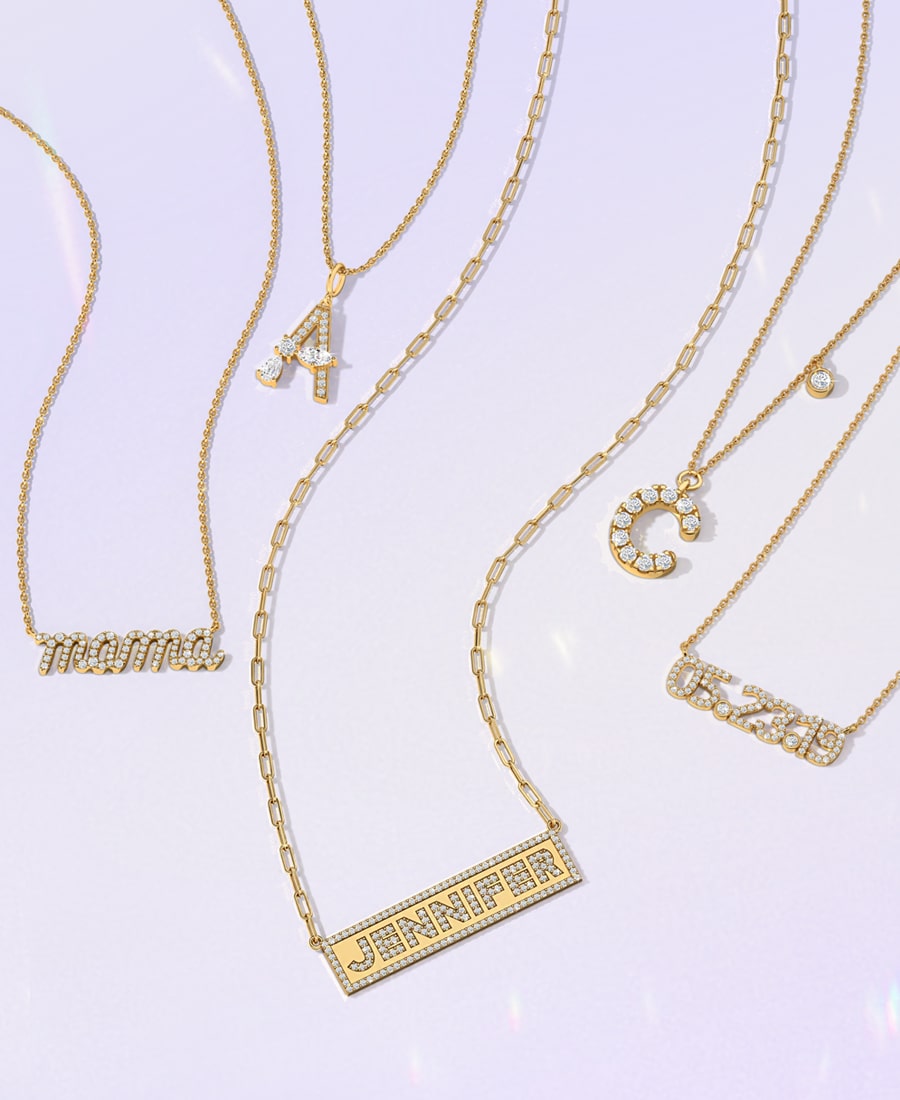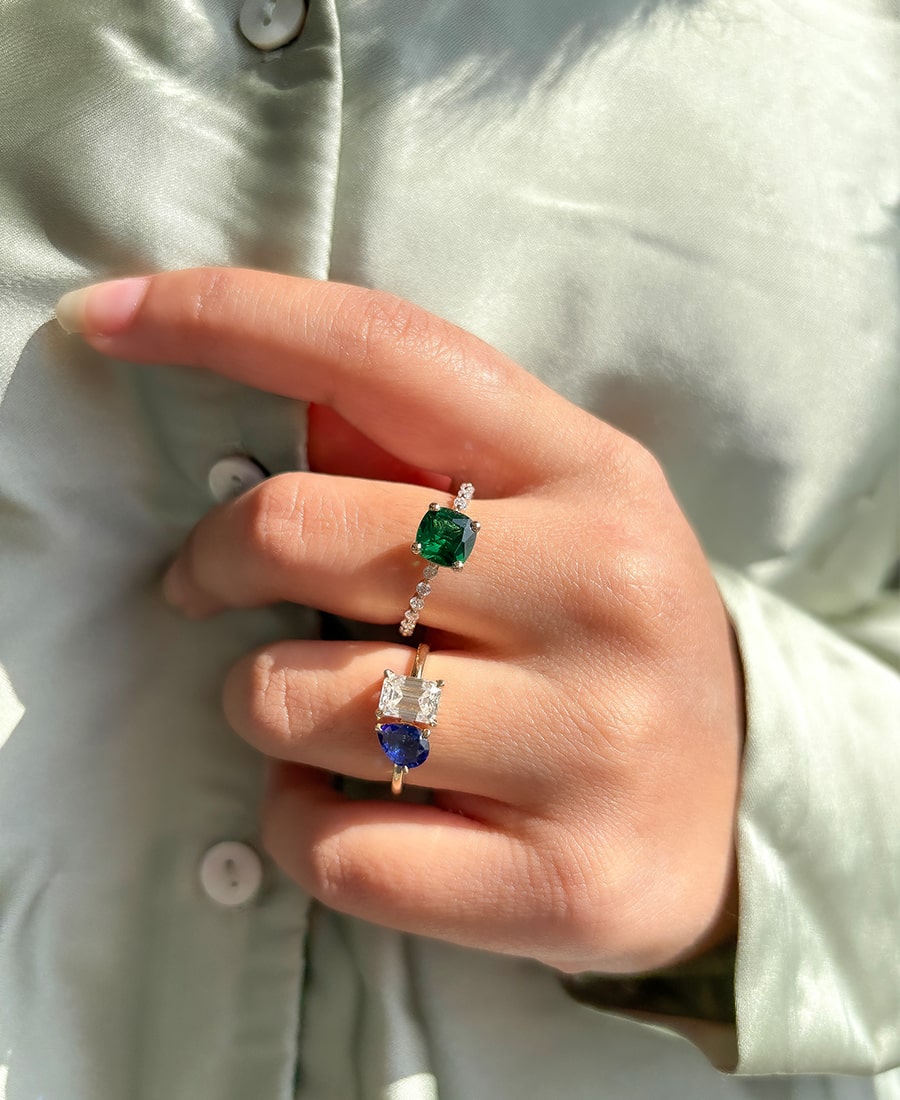How to Measure Ring Size at Home
If you're thinking of buying a ring online or surprising someone with a gift, it's important to know their ring size. But not everyone can easily visit a jeweler or use a ring sizer. Luckily, there are simple ways to measure ring size at home using everyday items. Here, we'll walk you through three methods to accurately and comfortably find your ring size.
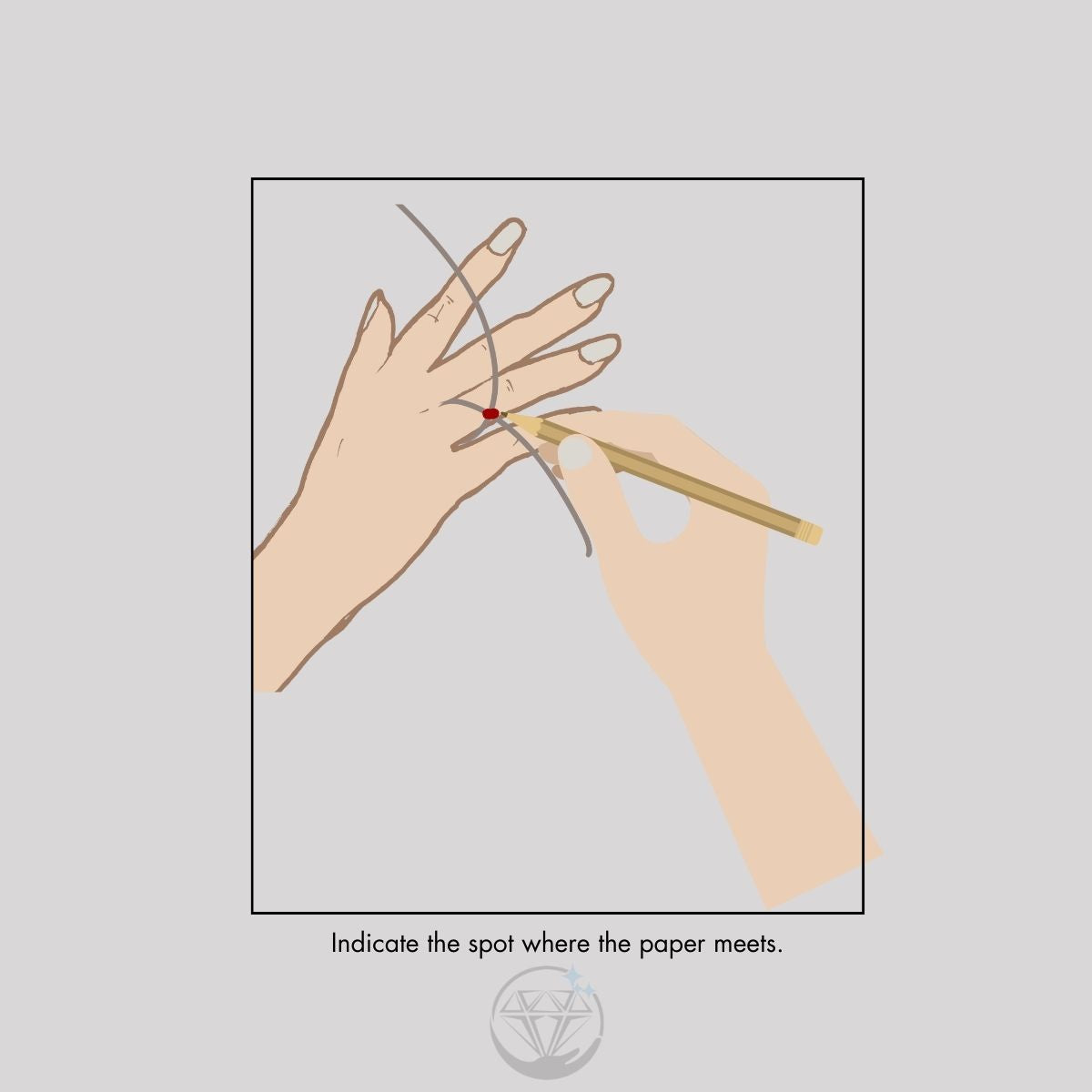
Using a Piece of Paper or String
Cut a Thin Strip: Grab a piece of paper or string. Cut it to about 6 inches (15 cm) in length. Don’t worry about precision; eyeball it! Wrap Around Your Finger: Wrap the paper or string around the base of the finger where you’ll wear the ring. It should be snug but not too tight. Mark where it overlaps.
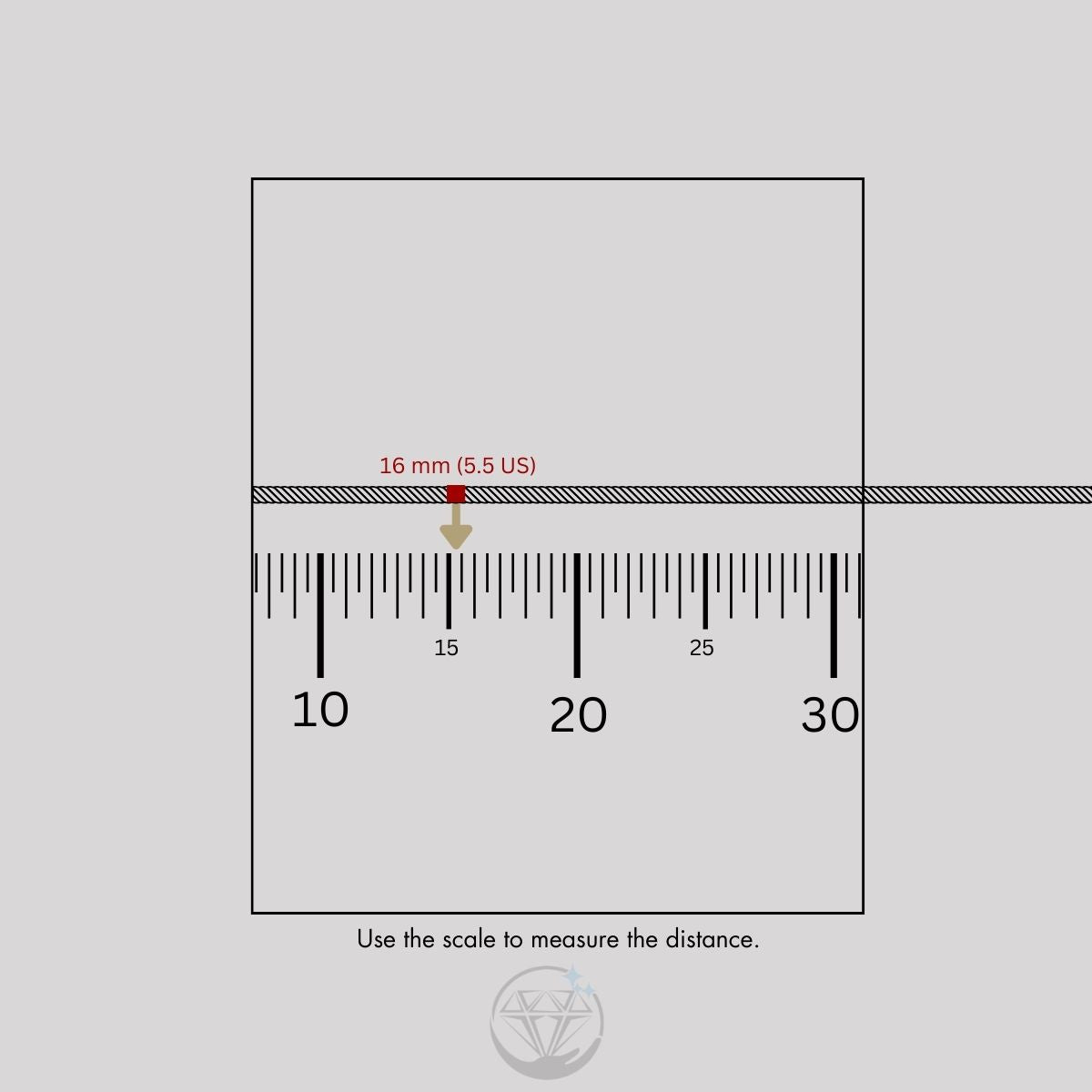
Measure
Unwrap the strip and measure its length using a ruler or tape measure. Write down the length. Now, check an international ring size chart to find your size based on the circumference. If your size falls between two measurements, go with the larger one.
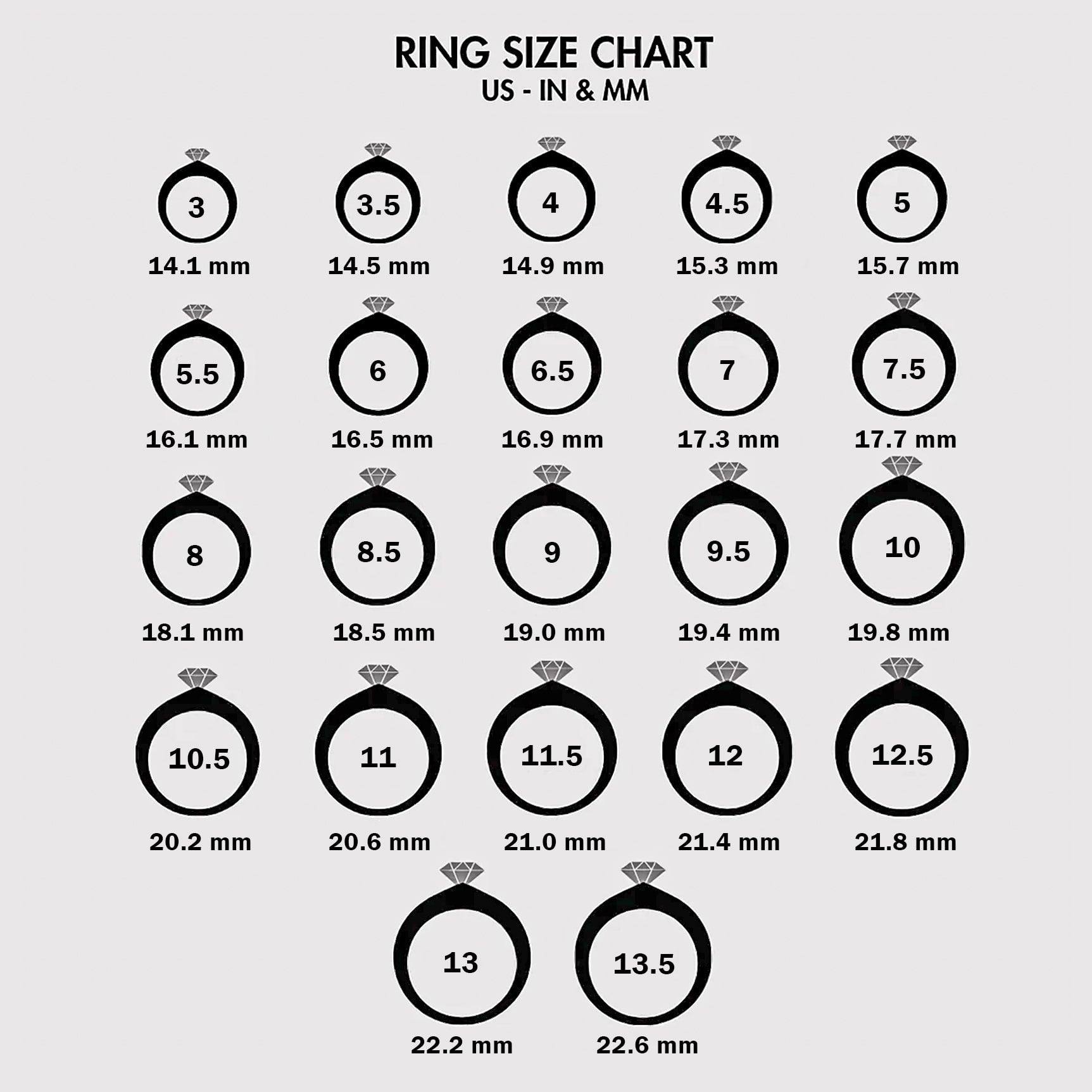
Compare
Get the Measurement: Note the measurement in millimeters. Divide this by 3.14 (π) to find the diameter of the ring. Refer to a ring size chart to match the measurement with your size.
|
RING SIZE CHART
|
|
IN
|
MM
|
US,Canada, Mexico |
UK, Aus, New Zealand, South Africa
|
India
|
|
1.74
|
44.2
|
3 |
F
|
4
|
|
1.77
|
44.8
|
3.25 |
F1/2
|
--
|
|
1.79
|
45.5
|
3.5 |
G
|
5
|
|
1.82
|
46.1
|
3.75 |
G1/2
|
6
|
|
1.84
|
46.8
|
4 |
H
|
7
|
|
1.87
|
47.4
|
4.25 |
H1/2
|
--
|
|
1.89
|
48
|
4.5 |
I
|
8
|
|
1.92
|
48.7
|
4.75 |
J
|
--
|
|
1.94
|
49.3
|
5 |
J1/2
|
9
|
|
1.97
|
50
|
5.25 |
K
|
--
|
|
1.99
|
50.6
|
5.5 |
K1/2
|
10
|
|
2.02
|
51.2
|
5.75 |
L
|
11
|
|
2.04
|
51.9
|
6 |
L1/2
|
12
|
|
2.07
|
52.5
|
6.25 |
M
|
--
|
|
2.09
|
53.1
|
6.5 |
M1/2
|
13
|
|
2.12
|
53.8
|
6.75 |
N
|
--
|
|
2.14
|
54.4
|
7 |
N1/2
|
14
|
|
2.17
|
55.1
|
7.25 |
O
|
--
|
|
2.19
|
55.7
|
7.5 |
O1/2
|
15
|
|
2.22
|
56.3
|
7.75 |
P
|
--
|
|
2.24
|
57
|
8 |
P1/2
|
16
|
|
2.27
|
57.6
|
8.25 |
Q
|
--
|
|
2.29
|
58.3
|
8.5 |
Q1/2
|
17
|
|
2.32
|
58.9
|
8.75 |
R
|
--
|
|
2.34
|
59.5
|
9 |
R1/2
|
18
|
|
2.37
|
60.2
|
9.25 |
S
|
--
|
|
2.39
|
60.8
|
9.5 |
S1/2
|
19
|
|
2.42
|
61.4
|
9.75 |
T
|
--
|
|
2.44
|
62.1
|
10 |
T1/2
|
20
|
|
2.47
|
62.7
|
10.25 |
U
|
21
|
|
2.49
|
63.4
|
10.5 |
U1/2
|
22
|
|
2.52
|
64
|
10.75 |
V
|
--
|
|
2.54
|
64.6
|
11 |
V1/2
|
23
|
|
2.57
|
65.3
|
11.25 |
W
|
--
|
|
2.59
|
65.9
|
11.5 |
W1/2
|
24
|
|
2.62
|
66.6
|
11.75 |
X
|
--
|
|
2.65
|
67.2
|
12 |
X1/2
|
25
|
|
2.68
|
68.1
|
12.25 |
Y
|
--
|
|
2.71
|
68.5
|
12.5 |
Z
|
26
|
|
2.72
|
69.1
|
12.75 |
Z1/2
|
--
|
|
2.75
|
69.7
|
13 |
--
|
27
|
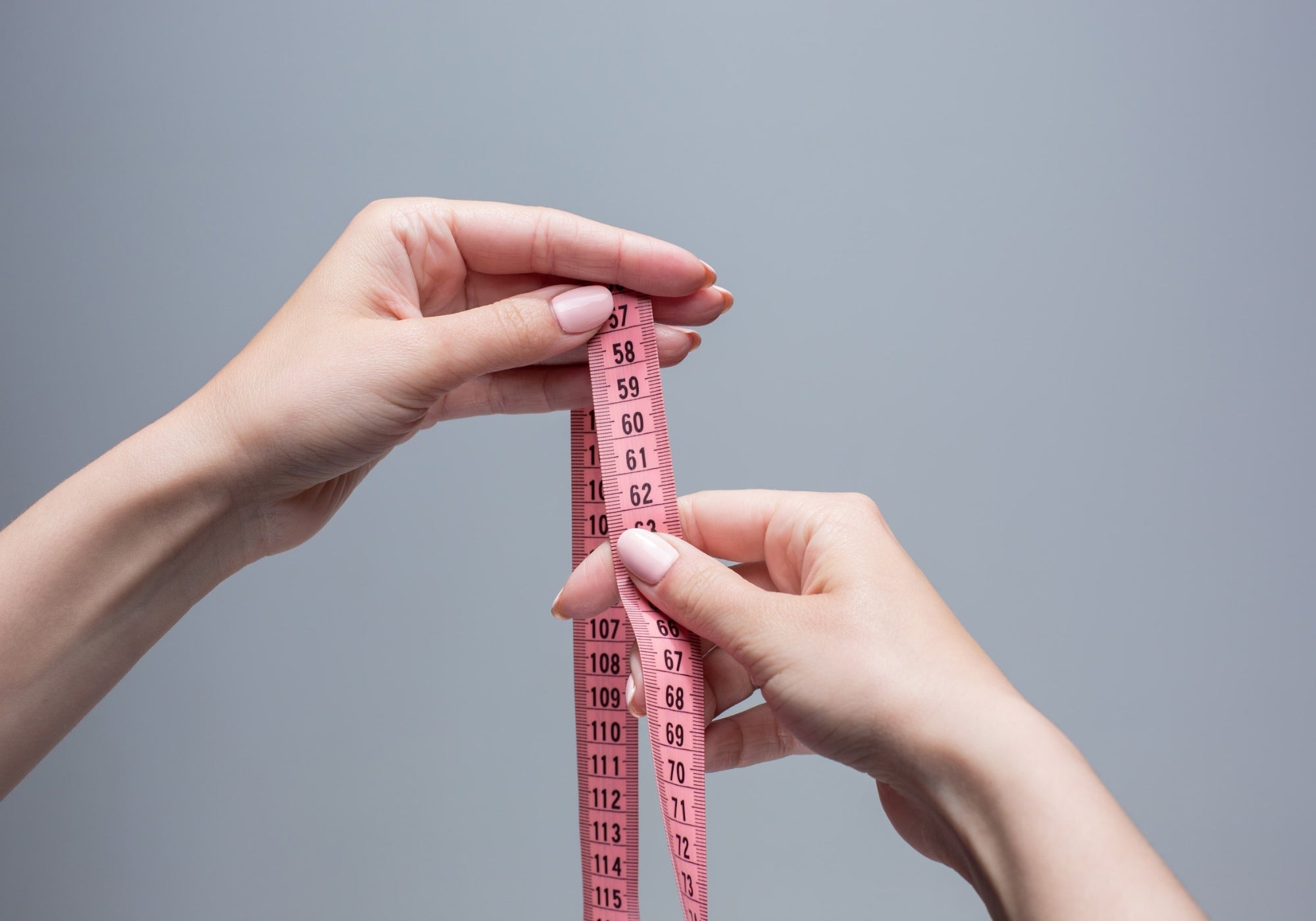
METHOD 2 : Using a Tape Measure
This method is more precise than the paper or string method, but it requires a flexible measuring tape that can wrap around your finger.
- Wrap a flexible measuring tape around your finger. Choose a cloth measuring tape for an accurate measurement. Wrap the tape close to the knuckle so that your ring will be able to slide over it comfortably5
- Use the millimeter side of the measuring tape and read the number that lines up with the edge of the tape. This is the circumference of your finger. To get the diameter, divide the circumference by 3.14 (or π).
- Compare your measurement to a ring size chart and find the closest ring size. If your measurement falls between two sizes, choose the larger one.
Tips:
- Use the exact finger that will wear the ring. Even the same finger on the other hand may be different sizes—your left hand might be larger or smaller than your right hand depending on which hand is dominant5
- If you don’t have a flexible measuring tape, you can use a piece of string and then measure it with a ruler or measuring tape.

METHOD 3 : Using an Existing Ring
This method is the easiest and most accurate if you have a ring that already fits you well. You can use any ring as long as it fits the same finger that you want to measure.
- Find a ring that fits you well. Make sure it is not too loose or too tight on your finger.
- Print out a true-to-size ring size chart, and place your ring on the circles until you find the one that matches up with the inside circumference of your ring.
- Alternatively, you can use a ruler or measuring tape to measure the inside diameter of your ring. Then, compare it to a ring size chart and find the corresponding ring size.
Tips:
- Make sure to print the ring size chart at 100% scale and check the accuracy with a ruler or a coin6
- If you are measuring a ring with a wide band, you may need to go up a half or a whole size to get a comfortable fit.
Frequently Asked Questions
Accurate ring size measurement ensures a comfortable fit, preventing the ring from slipping off or feeling too tight. It also avoids the hassle of resizing and ensures the longevity of the ring.
Yes, you can measure your ring size at home using simple methods that provide reasonably accurate results.
Common methods include using a printable ring sizer, measuring an existing ring, using a string or paper strip, and employing online ring size charts.
Print the ring sizer provided by reputable jewelers or online retailers. Place your ring on the sizer, ensuring the inner edge aligns with the correct size indicator. Choose the size that best fits the inner edge of your ring.
Yes, you can. Place the ring on a ruler and measure the inside diameter in millimeters. Compare the measurement to a ring size chart to determine the corresponding size.
Online ring size charts can provide a good estimate but may vary slightly due to differences in screen resolution and printer settings. It's advisable to cross-check measurements with multiple charts or consult a professional jeweler for confirmation.
Visit a local jeweler to have your ring size professionally measured. Try on rings of different sizes to ensure the best fit.
Opt for the larger size if you're unsure, as it's easier to resize a ring to make it smaller than to enlarge it. Additionally, consider the width of the ring band, as wider bands may require a slightly larger size for comfort.

